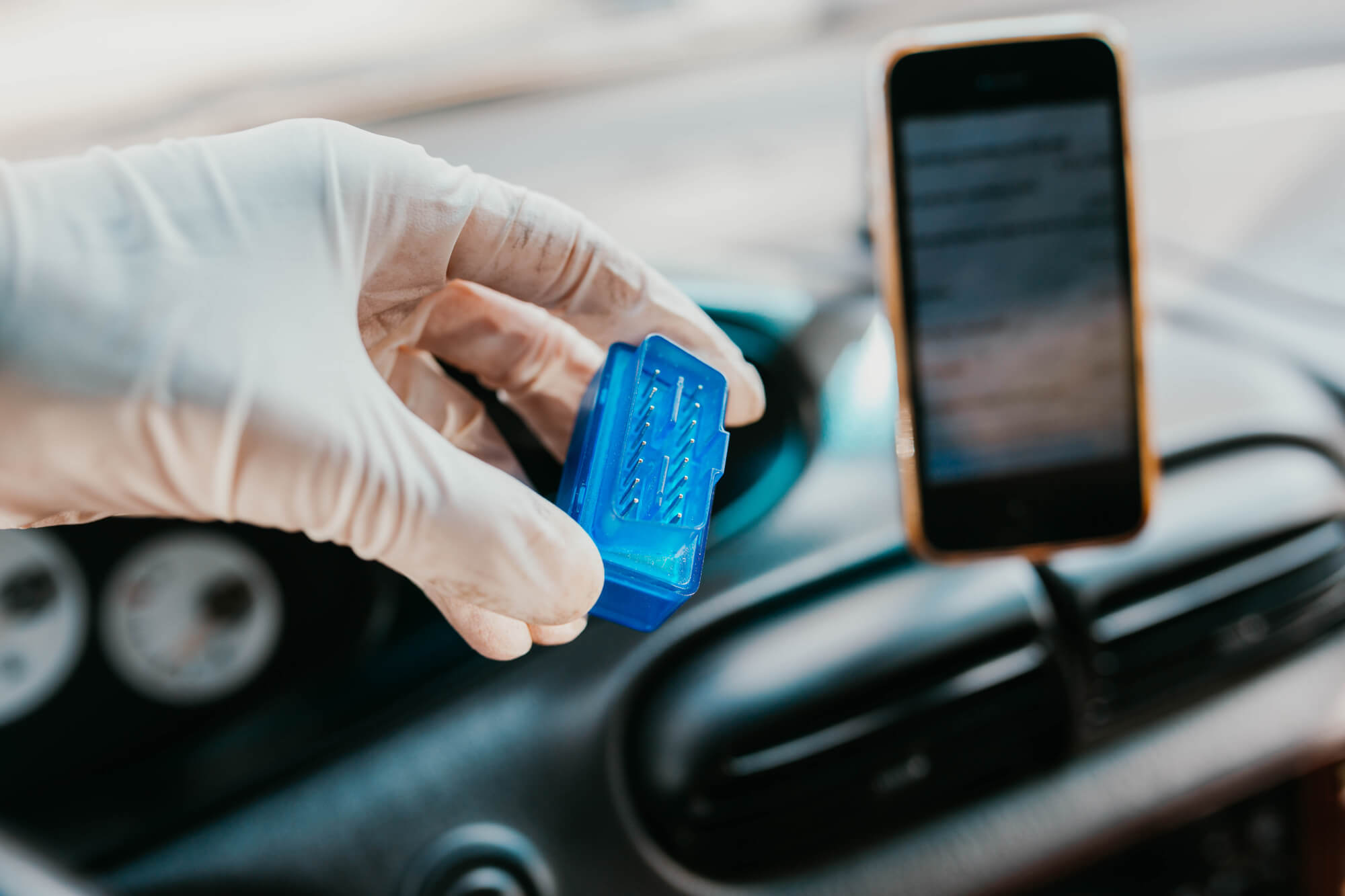Using the right tools to figure out what is going on with your vehicle can help keep you and all of your passengers as safe as possible. Many times a mechanic will have an OBD2 reader or scanner to help them diagnose the problems in your vehicle and determine the best way to get it fixed, without having to spend hours looking around and hoping they find the problem. But what are the differences between the OBD2 reader and the OBD2 scanner?
An OBD2 reader is able to read, display, and even clear the DTC’s before resetting the check engine light on your vehicle. If you would like to check out your vehicle on your own and get these tasks done, then you can use an OBD2 reader to get it done. But the pros at ANCEL (https://www.ancel.com/), who sold me my OBD2 scanner, says the scanner goes a bit further. Not only does it provide the codes for what is wrong with the vehicle, it can also provide troubleshooting and diagnostic help to get the problem fixed. Some models can provide live data to give better results.
Both of these tools can be useful when it is time to diagnose what is wrong with your vehicle. But the readers are simple and won’t provide information as in-depth and specific as you find with the scanning tools. When you think there is a major problem with your vehicle and you need to get it fixed, the scanner is often a better option.
The OBD2 Reader Vs. the OBD2 Scanner
There are a lot of things that can go wrong with your vehicle. You need to look around and see what is actually going on so you know what part to purchase to fix the problem and get back on the road again. As you begin your search, having the right tools can make it easier, compared to having to stare at the car and hope the problem presents itself.
As you research which tools you can use to help with this, there are a few options to consider. The two most common types will be the OBD2 reader and the OBD2 scanner. These are similar, though you will find that the scanner provides more in-depth and specialized results and help so you can actually fix the problem.
First, let’s take a look at the OBD2 reader. This one will tell you some of the basic codes that may be wrong with the vehicle. If you know some of these codes or are willing to look up their meaning and how to fix them, this can help. However, some of these readers are not usable on all cards simply because their computing capacity is not high enough. If there are manufacturer-specific codes on your vehicle, they may not show up on the reader at all.
On the other hand, a scanner can be a good option if you plan to check the codes on a lot of different cars or you know yours is a specialty one that will need a specific code from the manufacturer. When you use a scanner, you not only get the codes, but it will print out information on how to fix the problem and tips on diagnosing the issue as well.
The scanner can be nice because it can provide generic, pending, and even manufacturer specific codes to help you know exactly what is going on with your vehicle. Some of the more expensive models, or the ones that you may find at the mechanics, will have the ability to record and playback live data, make graphs, and give specific parameter IDs for all of your needs. When you need to know everything about your vehicle, then you need to use the scanner.
What Do I Need to Start Diagnosing My Car?
You can choose to go to a mechanic to diagnose your vehicle, but there are a number of different codes and issues that you can do on. Your own from home. This is where a OBD2 scanner can come into play. You need just a few different tools to help get this started including:
- The code reader or scan tool that you plan to use.
- A power probe to help it hook into the car and give you a code
- Specialty testers that will help bring up the code and all of the diagnostic information you need.
- A laptop for the software to help you through all of this.
Choosing the Right OBD2 Tool for Your Needs
Both the OBD2 scanner and reader can be good options to help you figure out what is going on with your vehicle and do some of the work on your own. But the scanner will go more in-depth and give you tools and techniques that take care of the issue and make it easier to fix the vehicle, without having to take it into the mechanic.

